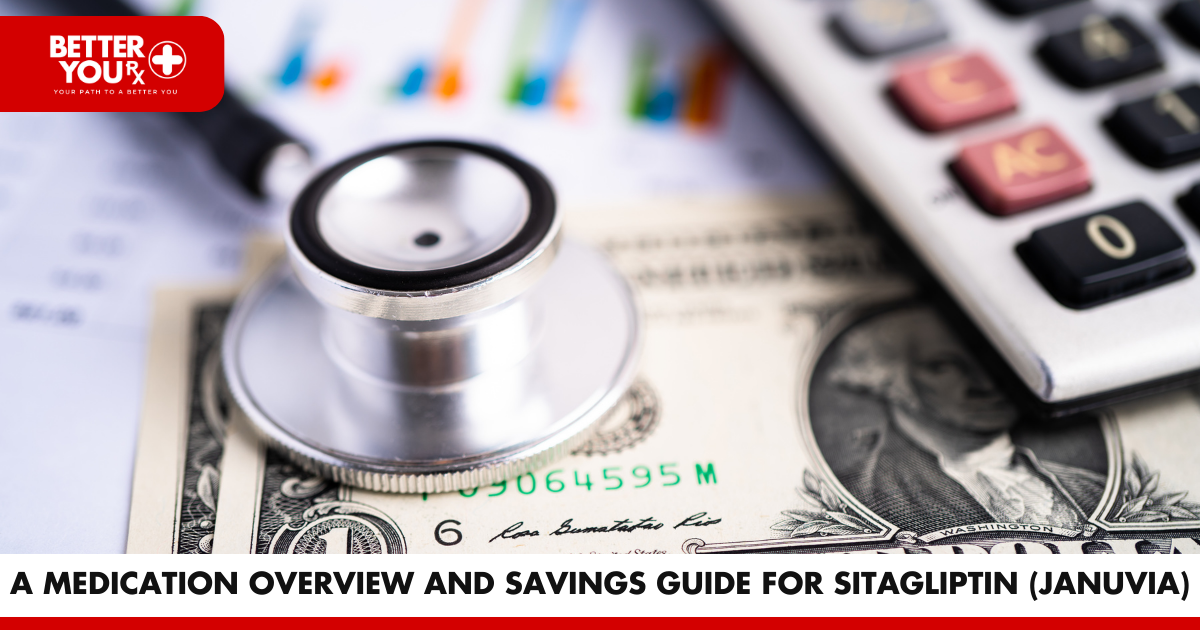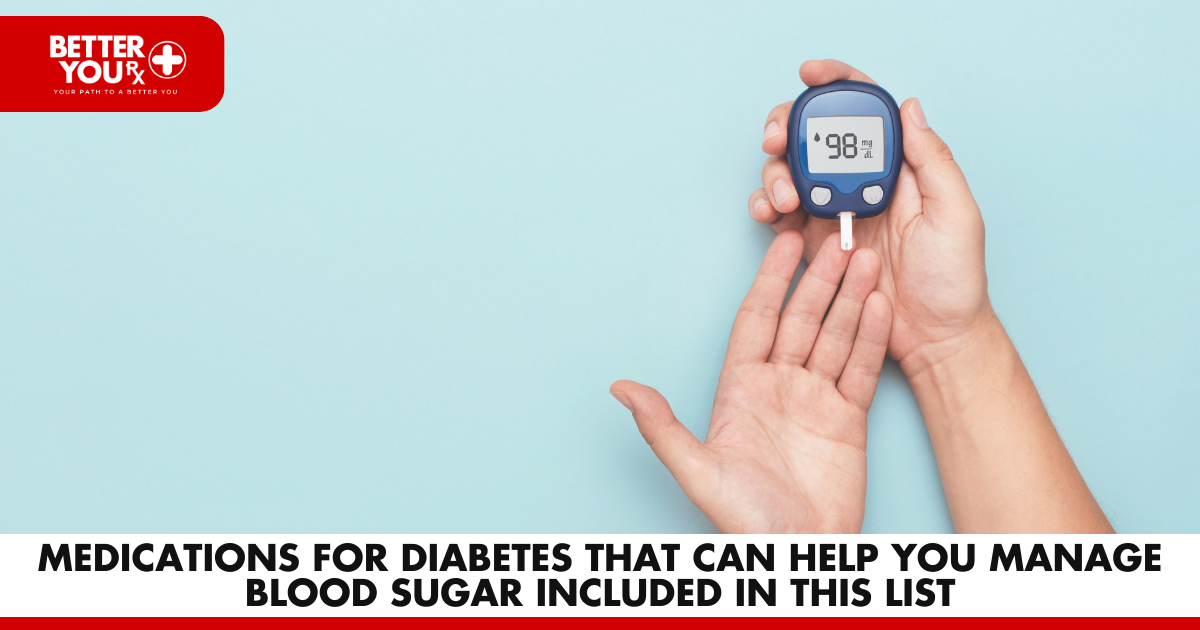Before we explore the top 10 diabetes drugs, it is important to understand that millions of individuals worldwide suffer from this condition. It is a disorder when the body is unable to produce enough insulin to regulate blood sugar levels.
Your blood sugar can be controlled in a variety of ways.
There are numerous ways for someone to manage their diabetes. Confusion might result from having too many options. Your uncertainty can be resolved by consulting a specialist.
Before giving you any prescription drugs, your doctor will take into account a number of things. Several elements include
- The duration of your illness
- The amount of your blood sugar
- Medical history (to see if you have any other illnesses)
- Drinking alcohol or smoking cigarettes
Your doctor will give you the medication you need after taking all the relevant circumstances into account. The best ten diabetes drugs that you may purchase online are examined in this article.
GLP 1
GLP 1 is a class of drugs that can lower blood sugar levels in people while boosting insulin production. It can aid in a 1-2% reduction in blood sugar levels on average.
GLP1, a glucagon-like peptide 1, has some negative effects but also helps insulin work better. GLP 1 can cause a variety of unpleasant side effects, including headaches, swelling, nausea, vomiting, and diarrhea.
GLP 1 class drugs include the following:
- Liraglutide (Saxenda, Victoza)
- trulicity (Dalglutide)
- Rybelsus’s semaglutide
Inhibitors of DPP-4
Type 2 diabetes is mostly treated with DPP-4 inhibitors, sometimes referred to as Dipeptidyl Peptidase-4 inhibitors. By raising insulin levels, it aids in lowering blood sugar levels after meals.
DPP-4 inhibitors can aid in a 0.5–1% average reduction in blood sugar levels. It may cause a skin rash, nausea, stomach pain, sore throat, headache, and other negative consequences.
The drugs that fall into the category of DPP-4 inhibitors are
- Januvia (sitagliptin)
- Onglyza (saxagliptin)
- (Tradjenta) Linagliptin
SGLT2 Blockers
The sodium-glucose cotransporter 2 (SGLT2) inhibitors stop the kidneys from reabsorbing glucose, which is how they function. It facilitates the removal of extra glucose from the body through urine as opposed to renal storage.
Weight loss and cardiovascular advantages are possible with SGLT2. Additionally, it can lead to dehydration, a decrease in bone density, urinary tract infections, etc. This drug has an average efficacy of 0.5–1%.
The drugs that fall into the category of SGLT2 inhibitors are
- Cagliflozin (Invokana)
- Farxiga’s Dapagliflozin
- (Jardiance) empagliflozin
Anti-Alpha-Glucosidase Agents
A class of drugs called alpha-glucosidase inhibitors aids in the regulation of blood sugar levels following a meal. It functions by reducing the pace at which carbs are absorbed in the small intestine, which lowers blood sugar levels after meals.
This class of drugs has an average efficacy of 0.5–1%. It might cause unpleasant side effects such as bloating, gas, and diarrhea.
Alpha-glucosidase inhibitors are a class of drugs that include
- Precose’s acarbose
- Glyset (Miglitol)
Metformin
The body’s appropriate response to the natural insulin that the body produces is restored with the aid of metformin. Additionally, it aids by lessening the liver’s creation of glucose. The major purpose of it is to cure type 2 diabetes.
This drug has an average efficacy of 1.5–2%. It might cause adverse effects including fatigue, nausea, vomiting, and upset stomach.
The drugs covered under Metformin include
Thiazolidinediones
Glitazones are another name for thiazolidinediones. It aids in the body’s genes becoming activated. the genes that are crucial for insulin sensitivity and the operation of the insulin-producing cell.
This class of drugs has an average efficacy of 1% to 2%. Weight gain, back discomfort, chest pain, water retention, bloating, sore throat, etc. are a few side effects of thiazolidinediones.
The drugs that fall into the category of thiazolidinediones are
Pioglitazone, also known as Actoplus Met XR
(Avandia) rosiglitazone
Meglitinides
Meglitinides aid in boosting the production of more insulin for the body by pancreatic beta cells. The development of this insulin will aid in lowering blood sugar levels.
This class of drugs has a 0.5–1% average efficacy. Hypoglycemia, liver issues, symptoms of the common cold, impaired vision, etc. are a few Meglitinides adverse effects.
Meglitinides are a group of pharmaceuticals that include a variety of drugs.
Sequestrating agents for bile
Bile acids are bound by bile acid sequestrants, which stop them from being absorbed by the small intestine. Rather than remaining in the blood, bile acids are expelled in feces. This procedure aids in decreasing the body’s cholesterol levels, which in turn helps to regulate blood sugar levels.
Bile acid sequestrants can have a variety of adverse effects, including indigestion, bloating, vomiting, constipation, and more. The bile acid sequestrants class of drugs includes the following:
- Questran (cholestyramine)
- (Welchol) Colesevelam
Sulfonylureas
For a long time, type 2 diabetes has been treated with drugs from the sulfonylurea class. It aids in enhancing the beta cells’ ability to produce more insulin.
This class of drugs has an average efficacy of 1% to 2%. Sulfonylureas can cause hypoglycemia, skin rashes, appetite, weight gain, and other side effects.
The medications that come under the class of Sulfonylureas are
- Glucotrol (Glipizide)
- Laclazide (Diamicron)
Insulin
The best method for regulating your blood sugar levels among the top 10 diabetic treatments is insulin therapy. Different insulins have different uses, half-lives, and responses. The various insulin kinds include
- Rapid-acting insulin: It begins to function 15 to 30 minutes after injection and reaches its maximal effect 1 to 3 hours later. It is employed to meet dietary-related insulin requirements.
- Short-acting insulin: It begins to function 30 to 60 minutes after injection and reaches its maximal effect 2 to 4 hours later. It aids in meeting the dietary insulin requirements.
- Intermediate-acting insulin: It begins to function between two and four hours after injection and reaches its maximal effect between four and twelve hours later. It offers an overnight and between-meal background insulin level.
- Long-acting insulin – It begins to function a few hours after injection and has a largely stable effect over the course of a day. It serves as a constant source of background insulin during the day and at night.
The need for insulin varies on a variety of circumstances and conditions. Before beginning insulin therapy, it’s crucial to speak with a medical expert.
Conclusion
The top 10 diabetic drugs each have different effects and dosages, thus summing up. There are various therapy alternatives available online, but it’s crucial to identify the one that best suits your needs.
With a variety of therapy options available online, it can be overwhelming to find the right one for you. Let our team of experts guide you through the process and help you find the medication that best suits your needs, including the option to buy Ozempic online.
Don’t let diabetes control your life. Take charge of your health with Better You Rx pharmacy, your trusted partner in diabetes management. Experience the convenience of purchasing or renewing your prescription with us and receive the medications you need to live a healthier, happier life.









